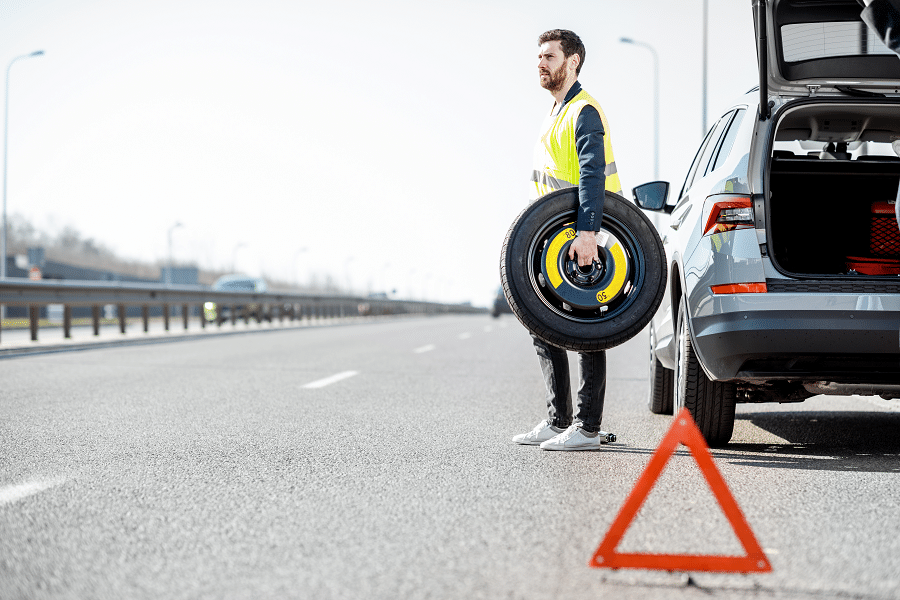Ever worry about finding yourself lost in the woods? A compass is an essential tool for anyone who spends time outdoors. It helps you find your way in unfamiliar territory and can prevent you from getting lost. But how do you use a compass correctly? What are the best tips for using a compass? This article will discuss how a compass works, how to use one, and some additional pointers to make sure you are using it properly whenever you are in a situation where you will need it!
Contents
How A Compass Works

A compass is an instrument that uses the earth’s magnetic field to determine which direction you are facing. You can find a simple, inexpensive compass for under $10 in most outdoor stores. The needle will always point in one specific direction, north, south, east, or west, depending on your location on the planet and which way you are facing. What causes this?
Unlike other planets, the earth has its own unique layer of magnetism, which surrounds it called Earth’s Magnetic Field. This naturally occurring force interacts with elements within the earth to create electricity and magnetism.
Our compasses respond to these forces by pointing towards either north or south, depending on where you are located on the planet. There is nothing inside your compass that creates this magnetism as it comes from the environment all around you. So even though your compass is made of materials like plastic and metal, it contains no magnetism itself.
How To Use A Compass

When using a compass to orient yourself, first make sure that the red end of the needle always points north! This sounds simple enough but sometimes certain environmental factors can affect how the needle moves. For instance, if you are near any major city then there might be strong magnetic interference.
If this is the case for you and you don’t live in a big city, then simply find a more isolated area and try again until you get an accurate reading. There should also be nothing magnetic or metallic anywhere nearby because these items will also interfere with your reading so keep your cell phone away from your compass.
Know Your Angles

To find your bearings, first, make sure that the red end of the needle is always pointing north. As we discussed before, this ensures an accurate reading. The next step is to familiarize yourself with the different angles used for measuring direction. A typical compass has 360 degrees around it which are broken up into four segments: North, East, South, and West.
Make sure you know what each one looks like and how they relate to your surroundings! As a general guide, North will be straight ahead of where you are standing, whereas west will be off to your right-hand side. This way, you can easily figure out which direction you need to go if ever lost in the woods again! Knowing what the different directions are is an important step in learning how to use a compass correctly.
Now that you know what each direction looks like, you can begin using your compass to navigate! Find your general location and then spin yourself around until the red end of the needle points straight towards where you are standing, this segment should be pointing directly at the number 360. After finding north, find east by lining it up with where north was and rotating yourself 90 degrees to the right. South should be directly behind where your back was and west off to your left side.
Keep Your Compass Level

Remember that a compass does not work if it’s not level with the ground or floating! This is an important step in learning how to use a compass, as being accurate is crucial when trying to determine where you are going. If your needle isn’t floating, then try spinning it around a little bit until the top of the needle can freely move from side to side. You should also make sure your compass is level within its base so that it doesn’t tip over and mess up your reading.
Now, keep your compass level as you walk facing forward without straying left or right. Make sure the red end of the needle points north as discussed before, and then turn yourself 90 degrees to either the right or left by lining up east or west, respectively. Hold your compass out in front of you and look down until you can see the degree lines. The line that corresponds with where you are facing is the direction that you need to go!
Additional Tips

There are other methods for reading a compass as well such as knowing which way is north from the stars but these tips will help those who are just starting out. In addition to using your compass, it is important that you have a good map of the area along with an accurate watch so you can tell how long you have been walking in a particular direction for.
This will help ensure that you keep moving in the right direction and not wasting time going around in circles! Another tip is If you happen to get turned around while finding north, simply line up north with west instead and vice versa if east is incorrect. These two directions won’t change no matter what happens, so they make a great backup.
Conclusion
A compass is a tool that is used to determine which direction you are facing and help navigate without any other tools. Unlike what some people may think, compasses need to be level with the ground or at least float freely for them to work properly. There are many different types of compasses on the market, but knowing how to use a compass correctly will always produce accurate results! Follow these simple steps, and hopefully, they will be helpful when you find yourself lost outdoors again!


